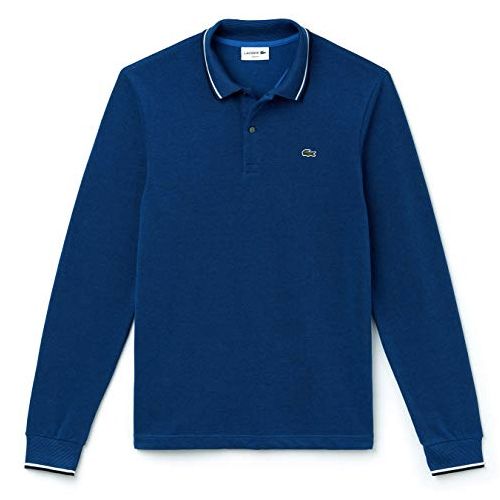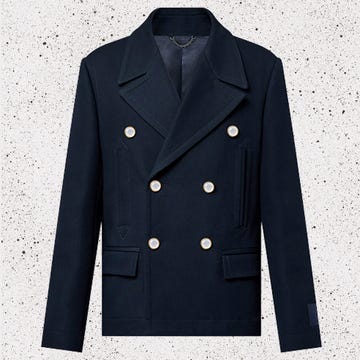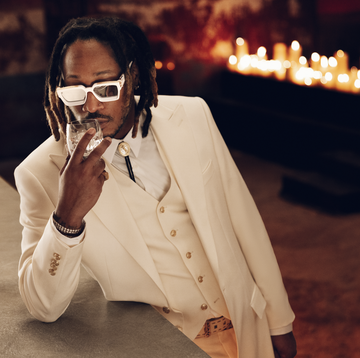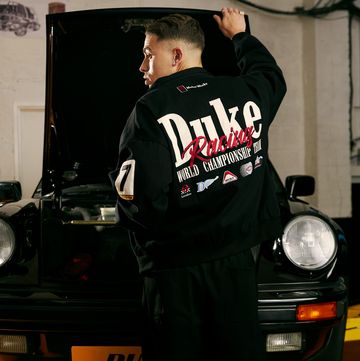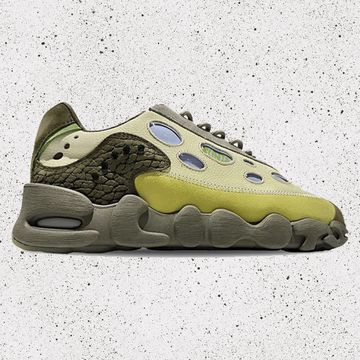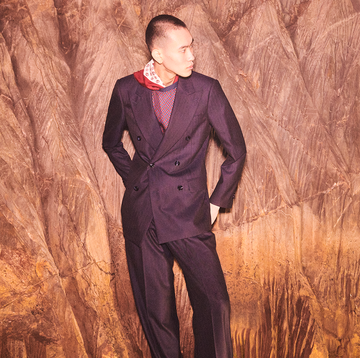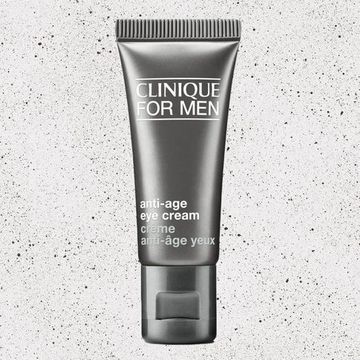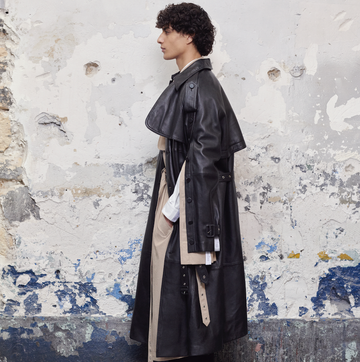Since the late 90s, Amazon has made life easier in all sorts of ways. Need the cupboard under the sink refilling? No problem. Forgot your mum's birthday at the eleventh hour? Consider your golden child status intact.
But your wardrobe? Sure - you could find every stag do costume under the sun, but serious, stylish, non-flammable apparel was about the only consumer item for which the internet giant would never spring to mind.
Against the odds, this is slowly changing. It was way back in 2012 when the site first began to advertise its fashion section using a glamorous shot of the most super of supermodels, Chanel Iman. Clad in Vivienne Westwood beneath a Jackie O coiffure, the Iman campaign firmly aspired to high fashion rather than the high street, and used the tagline 'smart is beautiful'.
The same year, Amazon sponsored the Met Gala - high fashion's favourite fancy dress night - and made menswear a central part of its strategy by also backing New York men's fashion week.
Though Amazon first opened its online clothing store in 2008 - Schott and Esprit being two of the initial brand recruits - it was around the time of these two unlikely event tie ins that it began to take its designs on your wardrobe more seriously. A pledge was made to add at least 500,00 clothing-related products to its website with each passing year (to put that into context, ASOS uploaded approximately 260,000 products in 2017).
The company's love affair with fashion soon manifested itself in other areas of its empire, too. In 2016, Amazon Prime aired the third season of The Fashion Fund, an inside look at the process behind Vogue's CFDA (The Council of Fashion Designers of America) award and mentorship programme to up-and-coming designers.
There is an obvious reason why Amazon and high fashion feel like odd bedfellows. The company's mass market, discount-focused model is clearly at odds with an industry that profits from exclusivity, and page upon page of product doesn't lend itself well to the idea of a highly curated edit. In short: it doesn't feel like a natural fit for runway garb.
The struggle to recruit reputable designers to its pages is something Amazon anticipated, then developed an increasingly shrewd-looking strategy to overcome. It headed east.
For Spring / Summer 19, Amazon has continued to spend big on Tokyo Fashion Week. There, they've invited over 50 global and native brands to show. Though a less prestigious event in the fashion calendar than New York, Paris or Milan, Amazon's investment in Tokyo is important for two reasons.
First, the retailer is nurturing unsung talent - an increasing rarity in the fashion industry, and a great way to accumulate good will. Second, it's retailing wares from the spiritual hotbed of future talent. Japan - the homeland of game-changing labels such as Commes des Garçons and Yohji Yamamoto - is increasingly influencing western tastes. It's a canny move from a company with the resources to explore the peripheries of fashion, and at least appear to be taking its time.
Of course, just because you build it, it doesn't mean they will come - particularly when 'they' means the notoriously picky fashion crowd. As recently as October, Amazon Fashion's vice president of clothing, Jeff Yurcisin, told a conference: "When we see gaps, when certain brands have decided for their own reasons not to sell with us, our customer still wants a product like that."
It was a statement that fuelled a long-standing rumour Amazon would begin production of its own apparel, something soon confirmed with the release of Find - an Amazon own label. What's more, this year Amazon swapped clicks for bricks-and-mortar with its very first European pop-up store, and the guest list rivalled any usual London-centric opening: Oliver Cheshire, Nick Grimshaw and Peaches Geldof, among others.
While it's true both ASOS and Mr. Porter have released their own clothing lines in the past 12 months, those retailers are, at least, synonymous with clothes. No where on either website can you also find baby toys and power tools. Which is what makes Amazon's move into branded apparel - even under different name - a fairly extraordinary step. Do they want to court shoppers who don't care about labels, or the fashion crowd who care about little else? It appears Amazon is trying to both. And as with many other areas of business, you may be a fool to bet against them.
In any case, the fact remains that today, you can buy some good clothes on Amazon. Solid, mid-market brands like Carhartt, Dickies, Levis and Tommy Hilfiger are already along for the ride, and even the UX is improving: the way the clothing section is presented is deliberately different from the text heavy scroll of book covers most of us still envision when we think of the site. What's more, as part of Amazon's partnership with Tokyo Fashion Week, you can now shop fledgling native cult brands Ambush, Neighbourhood and Skoloct among the more accessible offerings.
While there is probably still a long way to go before Louis Vuitton or Balenciaga is available on your Prime account, it is no longer ridiculous to think you can bag a great pair of jeans at the same time as your Christmas hardbacks. How much further it can go than that will be interesting to see.


